Hot dogs are a classic American favorite, enjoyed by many for their convenience and flavor. Cooking hot dogs on the stove is an easy and effective way to prepare them, offering a crispy exterior and juicy interior. This guide will walk you through the entire process, from selecting the right hot dogs to serving them up with delicious toppings.
Types of Hot Dogs and Their Cooking Requirements
When cooking hot dogs on the stove, understanding the different types of hot dogs and their specific requirements is key to achieving the best results:
- Standard Hot Dogs: These are the most common and usually made from beef, pork, or a blend of meats. They are straightforward to cook and typically have a consistent cooking time. Standard hot dogs are designed to be juicy and flavorful, often requiring a quick sear on the stove.
- Specialty Hot Dogs: This category includes turkey, chicken, or veggie hot dogs. Specialty hot dogs may have different cooking times compared to traditional ones. For instance, turkey and chicken hot dogs might need a slightly longer cooking time to ensure they are heated through properly. Veggie hot dogs often require careful attention to avoid overcooking, as they can become dry if left on the heat too long.
- Natural Casings vs. Skinless Hot Dogs: Hot dogs with natural casings are often preferred for their enhanced texture and flavor. These casings can become crispy when cooked properly. Skinless hot dogs are easier to cook evenly but may not have the same textural appeal as those with casings.
To choose the right pan for cooking these hot dogs, refer to our guide on choosing the right pan, which will help you get the best results regardless of the type of hot dog.
Essential Equipment and Ingredients
To cook hot dogs perfectly on the stove, you’ll need to gather a few essential tools and ingredients:
- Kitchen Tools:
- Frying Pan or Skillet: A non-stick frying pan or a well-seasoned skillet is ideal for cooking hot dogs. A good-quality pan ensures even heat distribution and prevents sticking.
- Spatula or Tongs: Use a spatula or tongs to turn the hot dogs gently to avoid puncturing them, which can cause the juices to escape.
- Paper Towels: Handy for drying off excess moisture from frozen hot dogs before cooking.
- Ingredients:
- Hot Dogs: Choose your preferred type—whether standard, specialty, or with natural casings. Fresh or thawed hot dogs will yield the best results.
- Oil or Butter: A small amount of oil or butter helps prevent sticking and enhances the flavor. For a healthier option, use a small amount of olive oil.
- Optional Ingredients: Seasonings like garlic powder or paprika can be added for extra flavor. Additionally, buns and classic toppings such as mustard, ketchup, and relish make for a complete hot dog experience.
If you’re starting with frozen hot dogs, check out our guide on cooking frozen foods for tips on how to handle them correctly.
Step-by-Step Guide to Cooking Hot Dogs on the Stove
Cooking hot dogs on the stove is a simple process that delivers delicious results. Follow these detailed steps to achieve perfectly cooked hot dogs every time:
- Prep the Hot Dogs:
- If your hot dogs are frozen, thaw them in the refrigerator overnight for best results. For faster thawing, place them in a sealed bag and submerge in cold water.
- Before cooking, score the hot dogs lightly with a knife to prevent them from splitting during cooking. Scoring helps in achieving an even cook and allows the hot dogs to retain their juices.
- Heat the Pan:
- Place your frying pan or skillet on the stove and heat it over medium-high heat. Adding a small amount of oil or butter to the pan will prevent the hot dogs from sticking and enhance their flavor.
- Ensure the oil or butter is hot and shimmering before adding the hot dogs. This helps in creating a crisp exterior.
- Cook the Hot Dogs:
- Carefully place the hot dogs in the pan, making sure not to overcrowd them. Overcrowding can lead to uneven cooking.
- Cook for approximately 4-6 minutes, turning the hot dogs occasionally with tongs or a spatula. Look for a golden-brown color and a slightly crispy texture on the outside.
- Check Doneness:
- To ensure the hot dogs are fully cooked, they should be hot throughout. You can check this by cutting one open to confirm there are no cold spots.
For a better understanding of how cooking methods affect hot dogs, refer to our guide on nutritional information of processed foods, which provides insights into how different preparation methods impact the final dish.
Common Mistakes and How to Avoid Them
Cooking hot dogs on the stove is straightforward, but a few common mistakes can affect the final outcome. Here’s how to avoid them:
- Overcooking or Burning: One of the most frequent issues is overcooking the hot dogs, which can lead to a burnt exterior while leaving the inside dry and unappetizing. To prevent this, monitor the heat closely. Use medium to medium-high heat rather than high heat to cook your hot dogs. Turn them regularly to ensure even cooking and avoid burning.
- Using Incorrect Heat Settings: Cooking hot dogs on too high heat can cause them to cook unevenly. High heat can burn the outside before the inside is adequately heated. Instead, start with medium heat and adjust as necessary. A consistent temperature helps in achieving a perfectly cooked hot dog with a nice, crispy exterior and a juicy interior.
- Not Using Enough Oil or Butter: Insufficient oil or butter can lead to sticking and uneven cooking. Ensure you use a small amount of oil or butter to coat the pan before adding the hot dogs. This will help in achieving a uniform browning and prevent the hot dogs from sticking to the pan. If you’re aiming for a healthier option, use a non-stick spray or a minimal amount of olive oil.
- Ignoring the Pan’s Preheat: Skipping the preheating step can result in hot dogs that cook unevenly. Make sure the pan is properly heated before adding the hot dogs. A well-heated pan helps to sear the hot dogs and lock in their juices.
By paying attention to these details, you can avoid common pitfalls and ensure a delicious hot dog every time.
Serving Suggestions and Variations
Once you’ve cooked your hot dogs to perfection, the fun begins with serving and variations. Here are some creative ideas to elevate your hot dog experience:
- Classic Toppings: Start with traditional toppings like mustard, ketchup, relish, onions, and sauerkraut. These staples are beloved for a reason and can be mixed and matched to suit your taste.
- Gourmet Toppings: For a more upscale twist, try topping your hot dogs with ingredients like caramelized onions, sautéed mushrooms, or gourmet cheeses. Add a drizzle of balsamic glaze or aioli for a sophisticated flavor boost.
- Global Flavors: Experiment with international flavors by adding toppings inspired by different cuisines. For example, top your hot dogs with kimchi and gochujang for a Korean twist, or use tzatziki and feta cheese for a Mediterranean flair.
- Creative Combos: Mix up your hot dog experience by wrapping them in bacon before cooking for extra flavor. Try serving them in specialty buns, like pretzel or ciabatta, for a unique texture. Consider creating hot dog sliders or using them in a hot dog casserole for a fun and hearty dish.
Serving hot dogs with a side of homemade fries or a fresh salad can turn a simple meal into a satisfying feast. Get creative and experiment with different toppings and sides to find your perfect hot dog combination.
Troubleshooting Common Issues
Even with careful preparation, you might encounter some issues while cooking hot dogs. Here’s how to troubleshoot common problems:
- Uneven Cooking: If your hot dogs are cooking unevenly, it may be due to an uneven heat distribution in your pan. Ensure that you use a pan with good heat conductivity and preheat it properly. Avoid overcrowding the pan, as this can also lead to uneven cooking. If necessary, cook the hot dogs in batches to ensure each one gets even heat.
- Sticking or Burning: If hot dogs are sticking to the pan or burning, it could be due to insufficient oil or an excessively hot pan. Use a small amount of oil or butter and make sure the pan is at the right temperature. Additionally, regularly turning the hot dogs helps to prevent sticking and burning.
- Texture Problems: If your hot dogs end up dry or have an undesirable texture, it might be due to overcooking. Ensure you cook the hot dogs just until they are heated through and have a nice, crispy exterior. Avoid cooking them for too long, as this can make them tough and dry.
By addressing these issues proactively, you can ensure that your hot dogs come out perfectly every time.
FAQs About Cooking Hot Dogs on the Stove
Can you cook frozen hot dogs on the stove?
Yes, you can cook frozen hot dogs on the stove, but it’s better to thaw them first for more even cooking. To thaw quickly, place them in a sealed bag under cold running water or leave them in the refrigerator overnight.
How long does it take to cook hot dogs on the stove?
Cooking hot dogs on the stove typically takes about 4-6 minutes. This can vary depending on the heat level and the type of hot dogs you are using. Turn them regularly to ensure even cooking and to achieve a golden-brown exterior.
Can you use a non-stick pan to cook hot dogs?
Yes, a non-stick pan is ideal for cooking hot dogs as it prevents sticking and makes cleanup easier. Ensure that the pan is well-heated before adding the hot dogs to get the best results.
How do you know when hot dogs are fully cooked?
Hot dogs are fully cooked when they are heated through and have a nice golden-brown color on the outside. To check, you can cut one open to ensure that it is hot and evenly cooked inside.
Nutritional Information and Health Considerations
Hot dogs are a popular choice for many, but it’s essential to be aware of their nutritional content and how it fits into a balanced diet. Here’s a detailed look at the nutritional aspects of hot dogs and some health considerations:
- Nutritional Content: Hot dogs are typically made from processed meats and can be high in sodium, saturated fats, and preservatives. A standard beef hot dog contains around 150-200 calories, 12-16 grams of fat (including 4-6 grams of saturated fat), and about 500-600 milligrams of sodium. While they are a convenient and tasty option, these nutritional factors are worth considering, especially if you’re managing your salt intake or aiming to reduce saturated fat consumption.
- Healthier Alternatives: If you’re looking to enjoy hot dogs while being mindful of your health, consider opting for lower-fat or reduced-sodium versions. Turkey, chicken, and plant-based hot dogs are often lower in fat and sodium compared to traditional beef hot dogs. These alternatives can offer a healthier option without sacrificing flavor.
- Moderation is Key: Enjoying hot dogs in moderation is a practical approach. Incorporate them into a balanced diet that includes plenty of fruits, vegetables, whole grains, and lean proteins. By balancing hot dogs with healthier food choices, you can enjoy them as an occasional treat rather than a regular staple.
- Homemade Hot Dogs: For those who are health-conscious, making hot dogs at home allows you to control the ingredients and avoid unnecessary additives. You can use lean meats and seasonings to create a healthier version that aligns with your dietary goals.
Being mindful of the nutritional content and choosing healthier options can help you enjoy hot dogs while maintaining a balanced diet.
Creative Hot Dog Recipes to Try
If you’re looking to elevate your hot dog game, try out these creative recipes that go beyond the classic preparation:
- Bacon-Wrapped Hot Dogs: Wrap your hot dogs in bacon before cooking to add a savory, crispy layer of flavor. Cook them on the stove as usual, but be sure to watch closely to avoid burning the bacon. Serve with a drizzle of barbecue sauce or a sprinkle of cheese for extra indulgence.
- Hot Dog Sliders: Cut hot dogs into smaller pieces and place them in slider buns for mini hot dog sliders. Top with coleslaw, pickles, or a tangy mustard for a fun twist on traditional hot dogs. These sliders are perfect for parties or as a snack.
- Hot Dog Stir-Fry: Slice hot dogs and stir-fry them with a mix of vegetables and your favorite stir-fry sauce. This quick and easy meal is both satisfying and versatile. You can use bell peppers, onions, and snap peas for a colorful and nutritious dish.
- Loaded Hot Dogs: Get creative with toppings by adding ingredients like chili, cheese, jalapeños, and chopped onions. This loaded version turns a simple hot dog into a hearty meal. You can even try making a chili cheese hot dog with homemade chili and shredded cheese melted on top.
- Hot Dog Casserole: Combine sliced hot dogs with baked beans, vegetables, and a sprinkle of cheese for a comforting hot dog casserole. Bake until bubbly and golden for a delicious one-dish meal.
Conclusion
Cooking hot dogs on the stove is a simple yet rewarding process that brings out the best in this classic American favorite. Whether you prefer them with traditional toppings or enjoy experimenting with creative variations, the stovetop method allows you to achieve a perfectly crispy exterior and juicy interior with ease.
Understanding the different types of hot dogs and their cooking requirements ensures you get the best results, while using the right equipment and ingredients helps streamline the process. By avoiding common mistakes and troubleshooting issues effectively, you can perfect your technique and enjoy hot dogs just the way you like them.



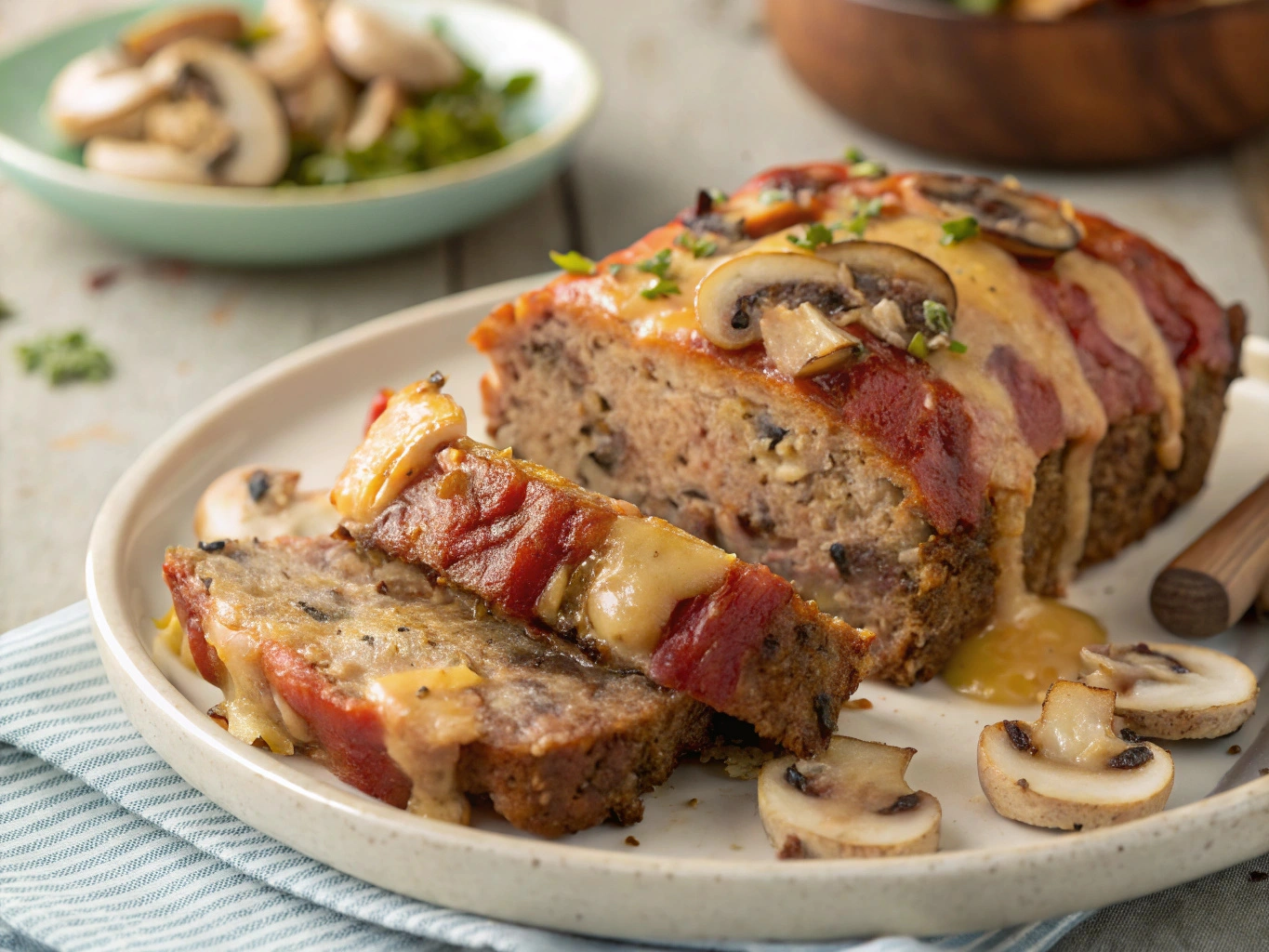
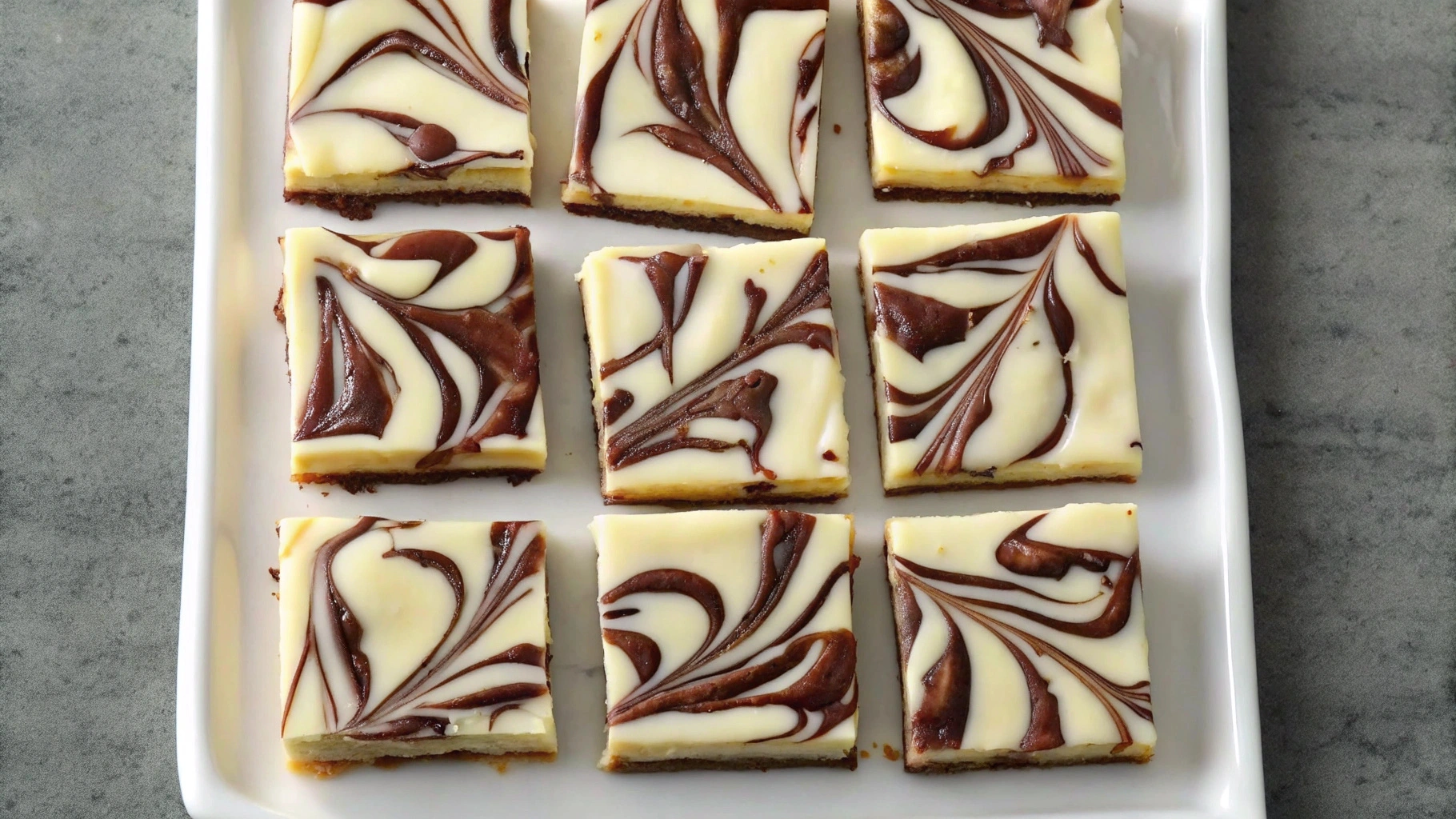
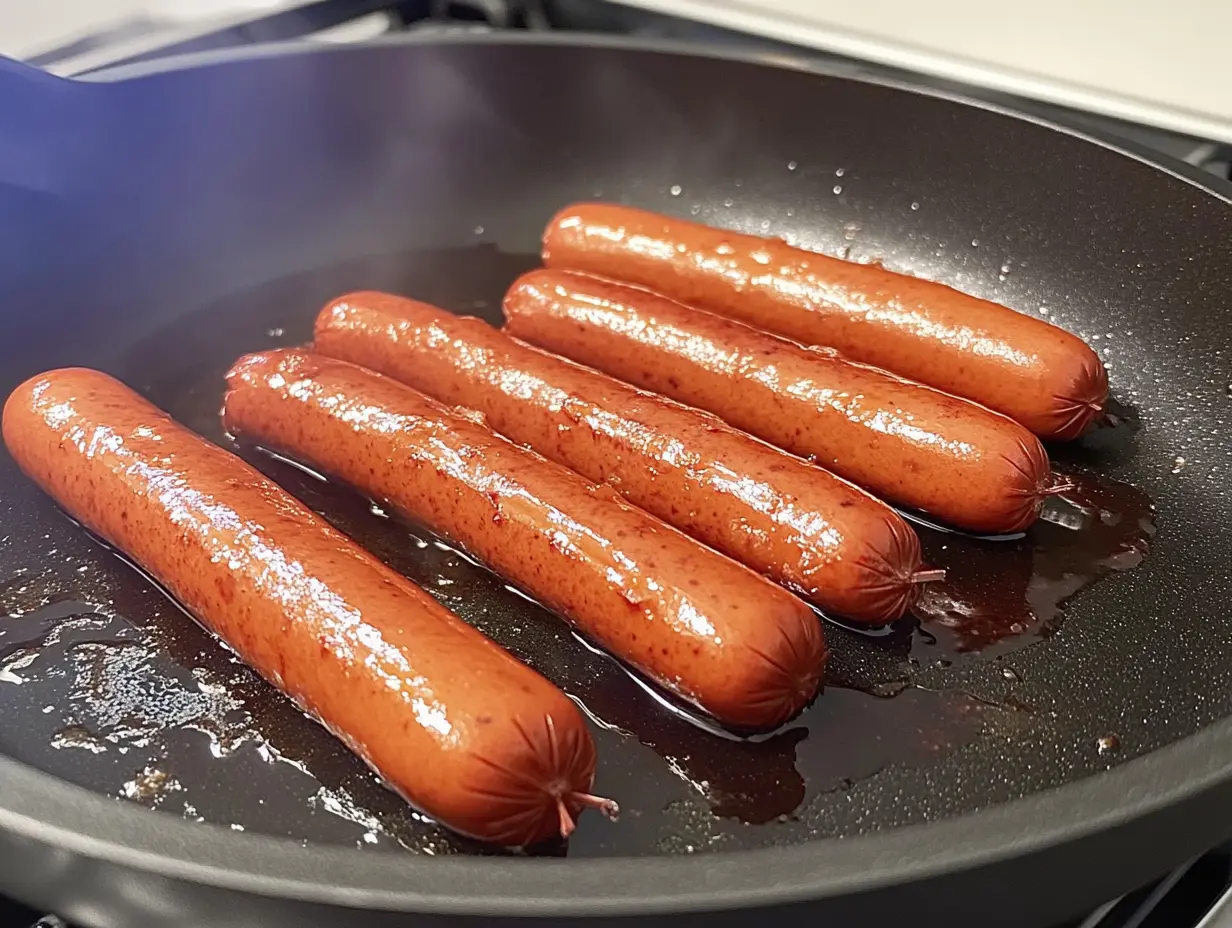
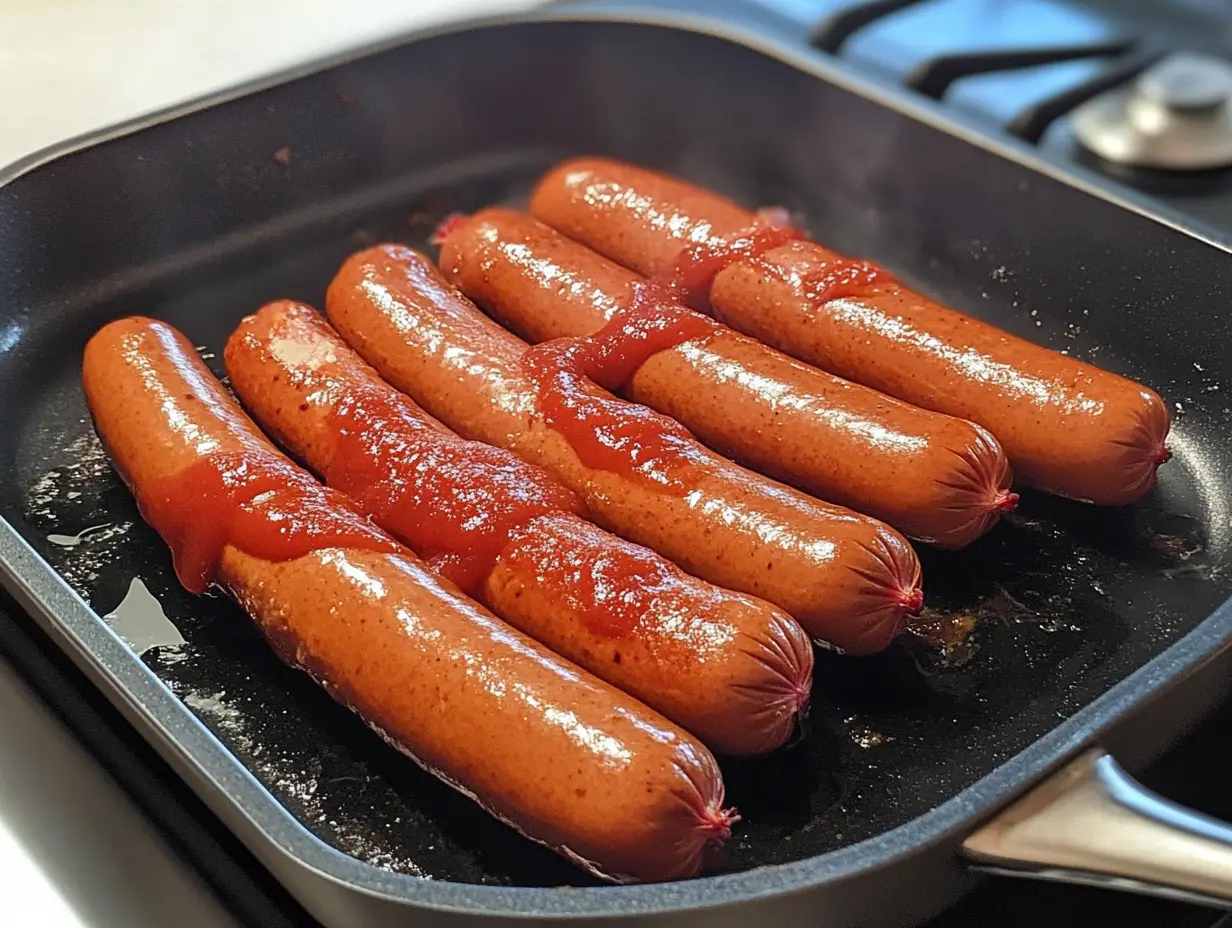

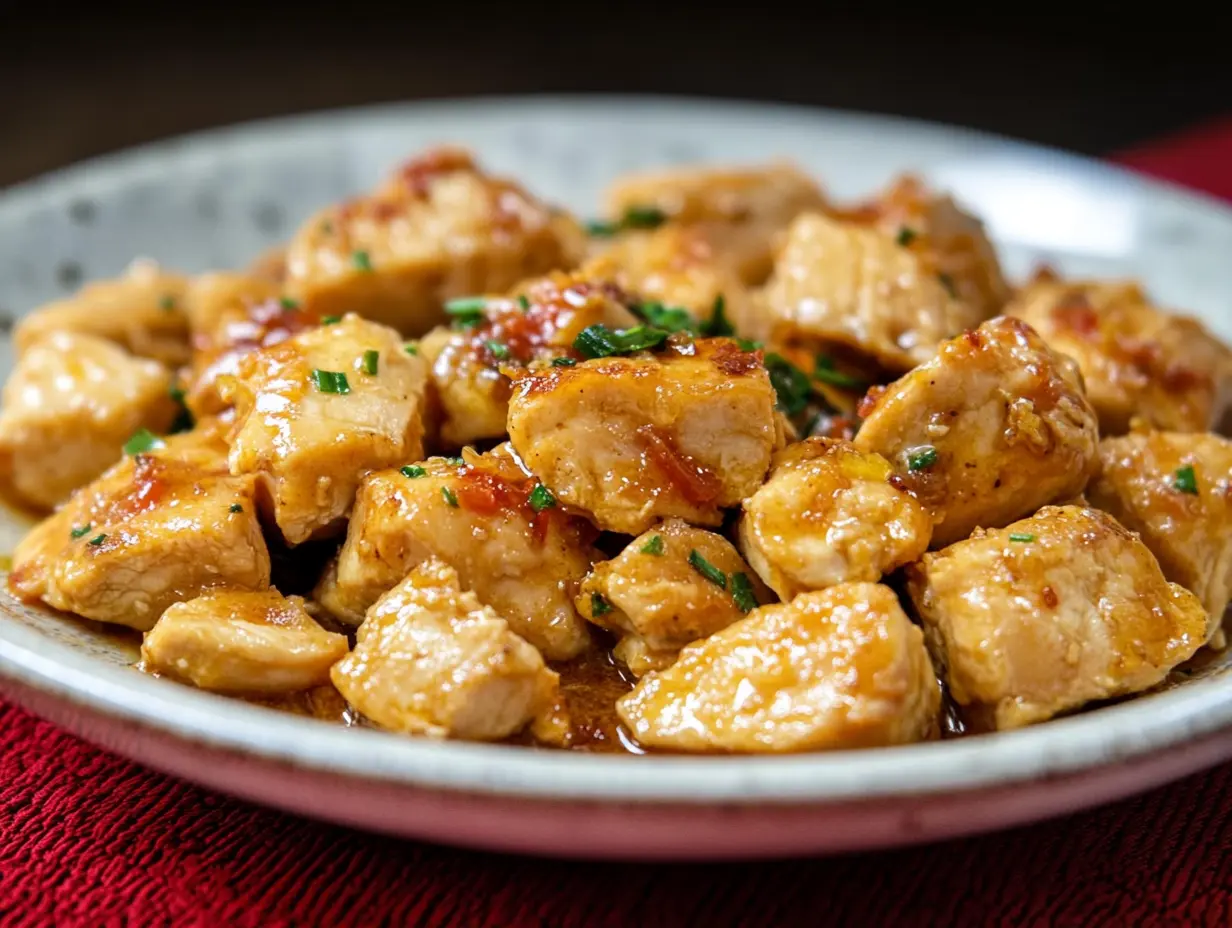
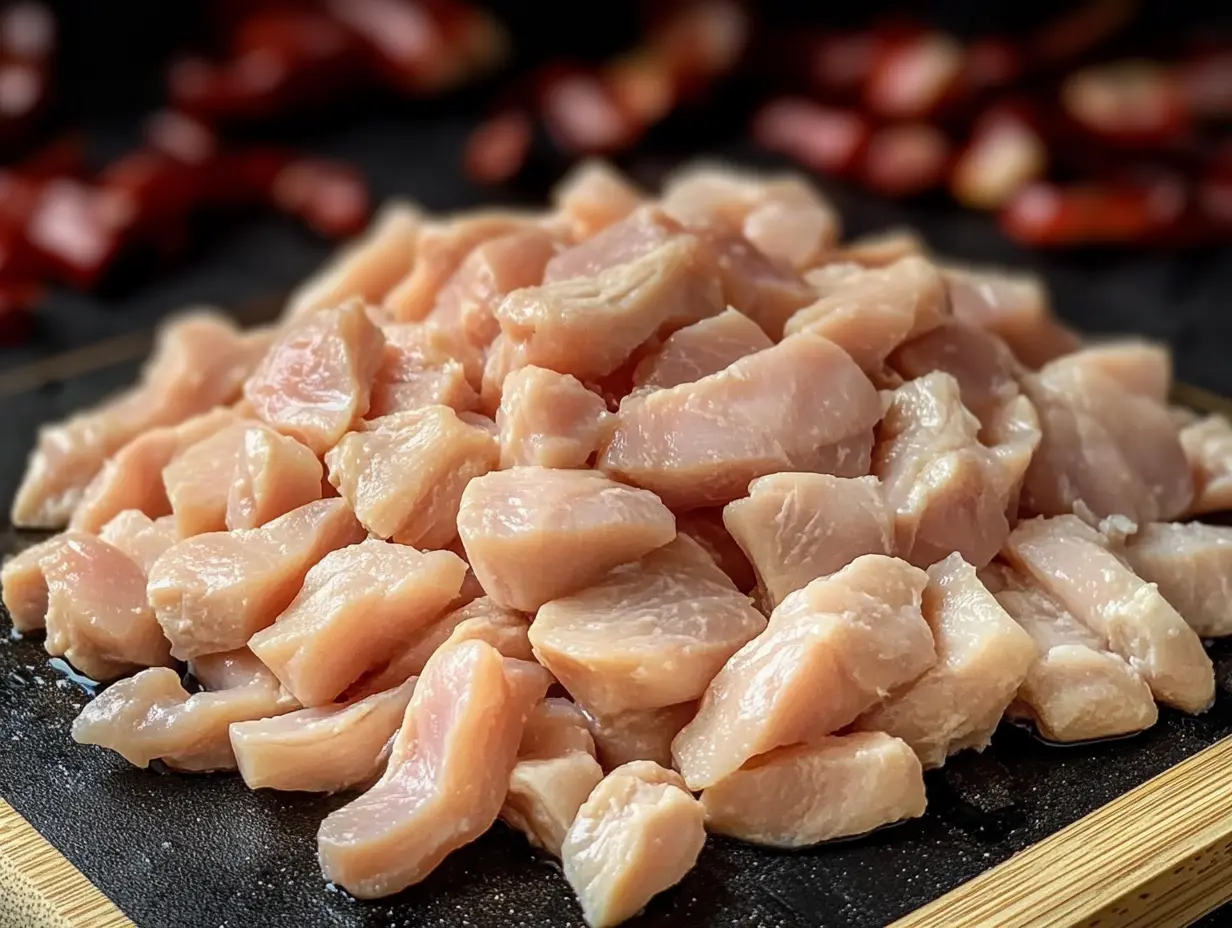
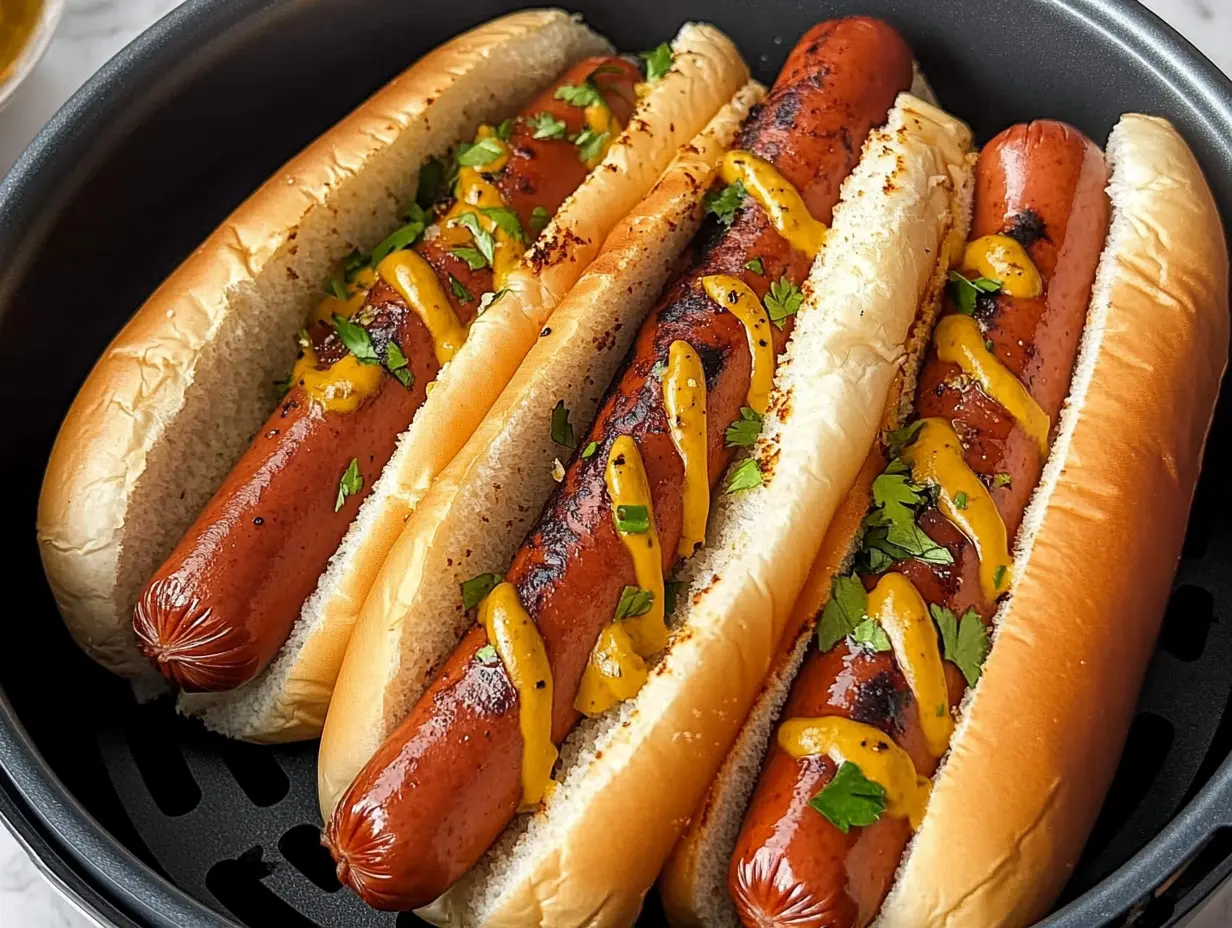
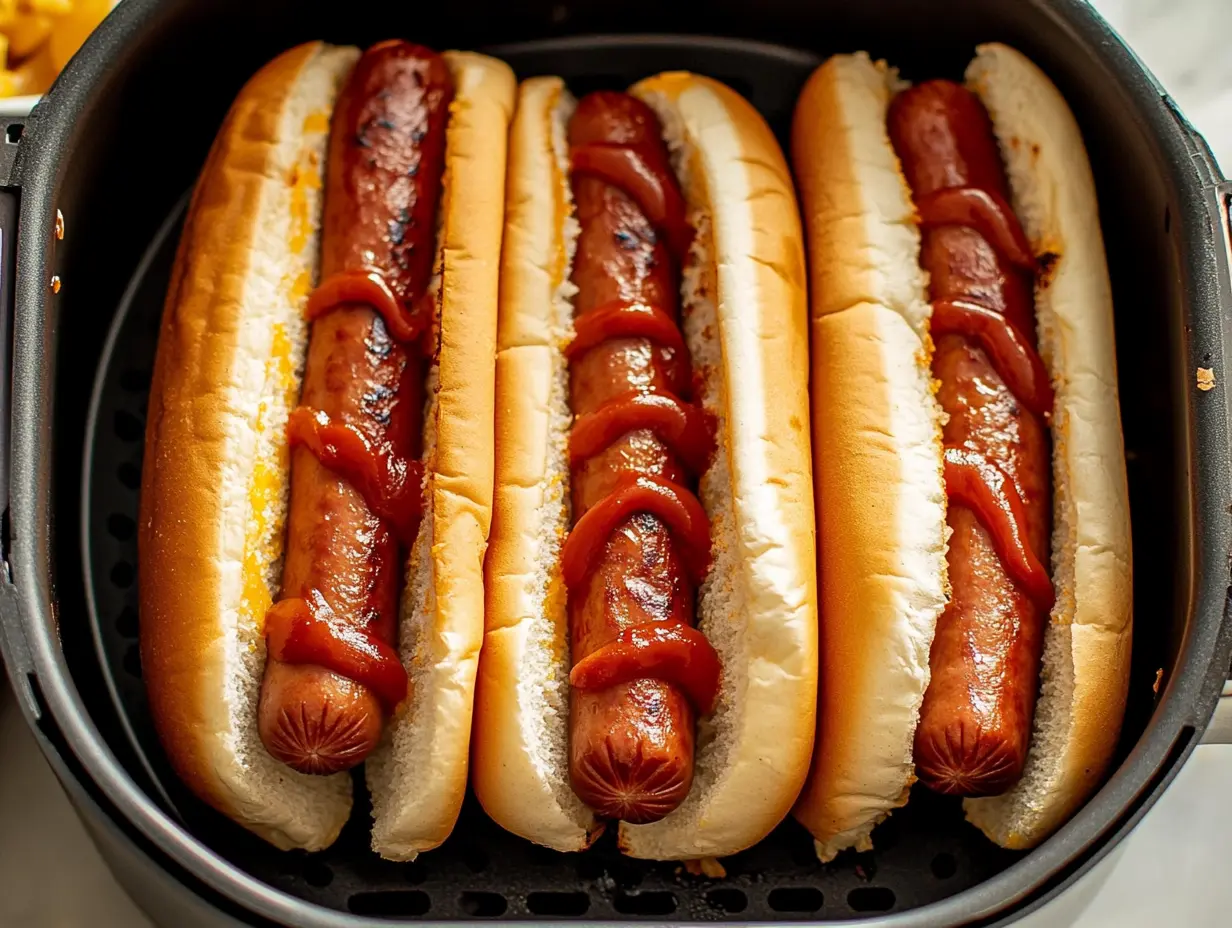
Leave a Reply